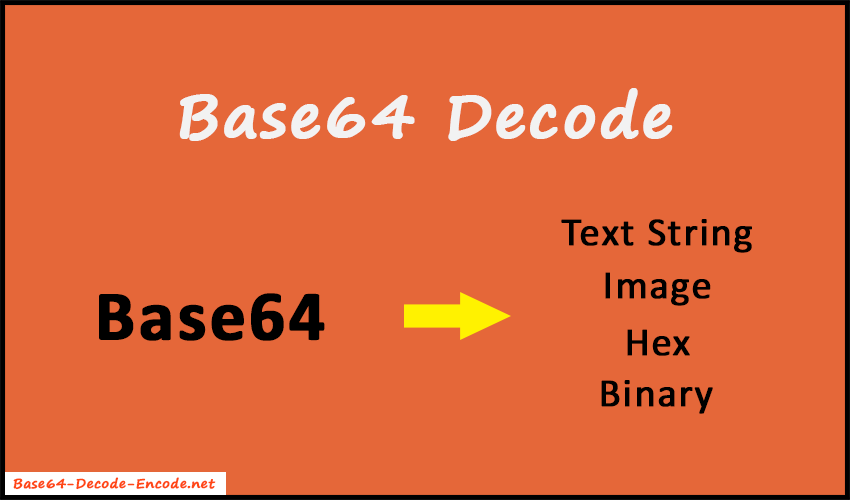About Base64 Decode
Base64 Decode, also known as Base64 Converter, is a free-to-use and simple online tool that does exactly what its name suggests. It decodes the base64 data and gives results in plain text. Also, you can use it to convert base64 data into an image file, hex, or binary form. Moreover, it supports almost all the character encoding standards.

What is Base64?
In the world of computer programming, base64 is a set of binary-to-text encoding schemes used to represent binary data in 24-bit sequences that can further be represented in four 6-bit base64 digits. Base64 is used in various applications such as email via MIME and storing complex information in JSON or XML format.
Basically, base64 is a technique of encoding and decoding. It is used to convert binary data into ASCII (American Standard for Information Interchange) or text format, and vice-versa. This system uses 64 digits set that can be represented by 6 bits.
In addition, Base64 is very popular on the World Wide Web and where it embeds image files and other binary assets in textual assets like HTML or CSS files. Our Base64 Decoder can take any form of data and transform it into plain text.
Base64 contains the following:
| Numeric Value: | 0-9 |
| Uppercase and Lowercase Alphabets: | A-Z and a-z |
| Special Characters: | '+' and '/' |